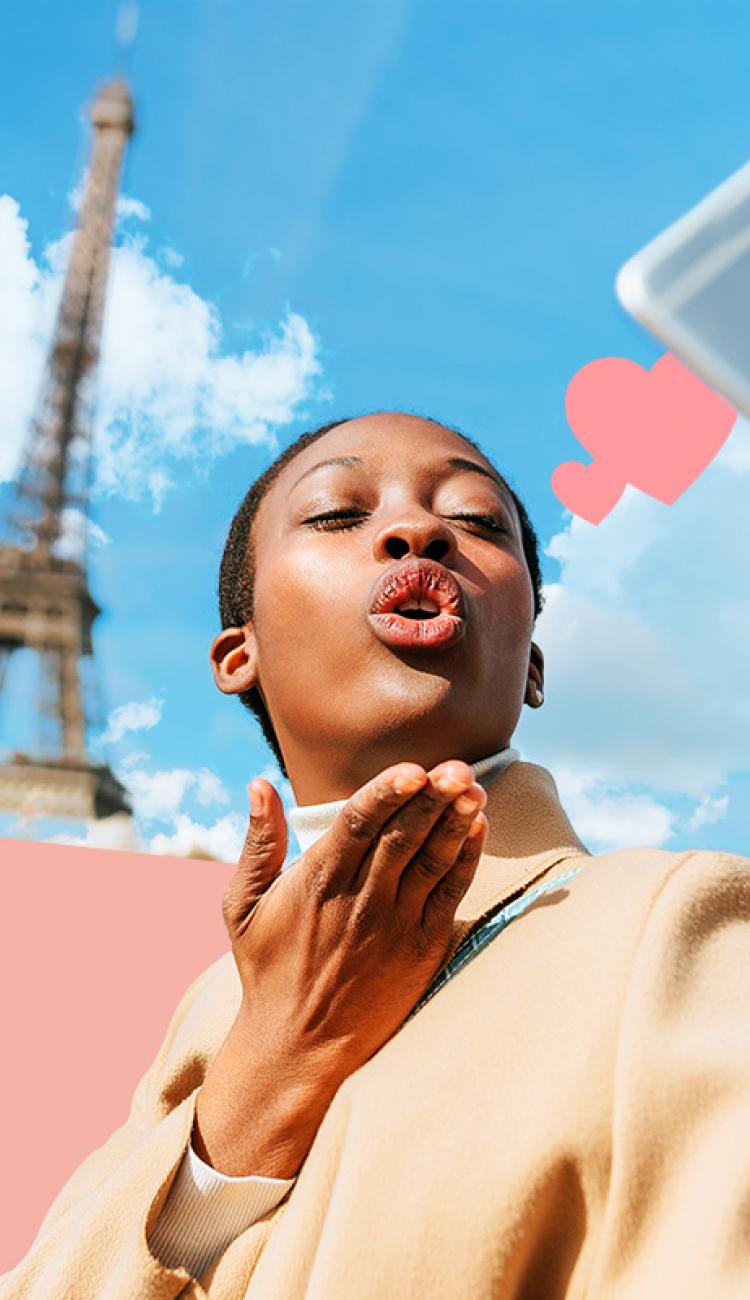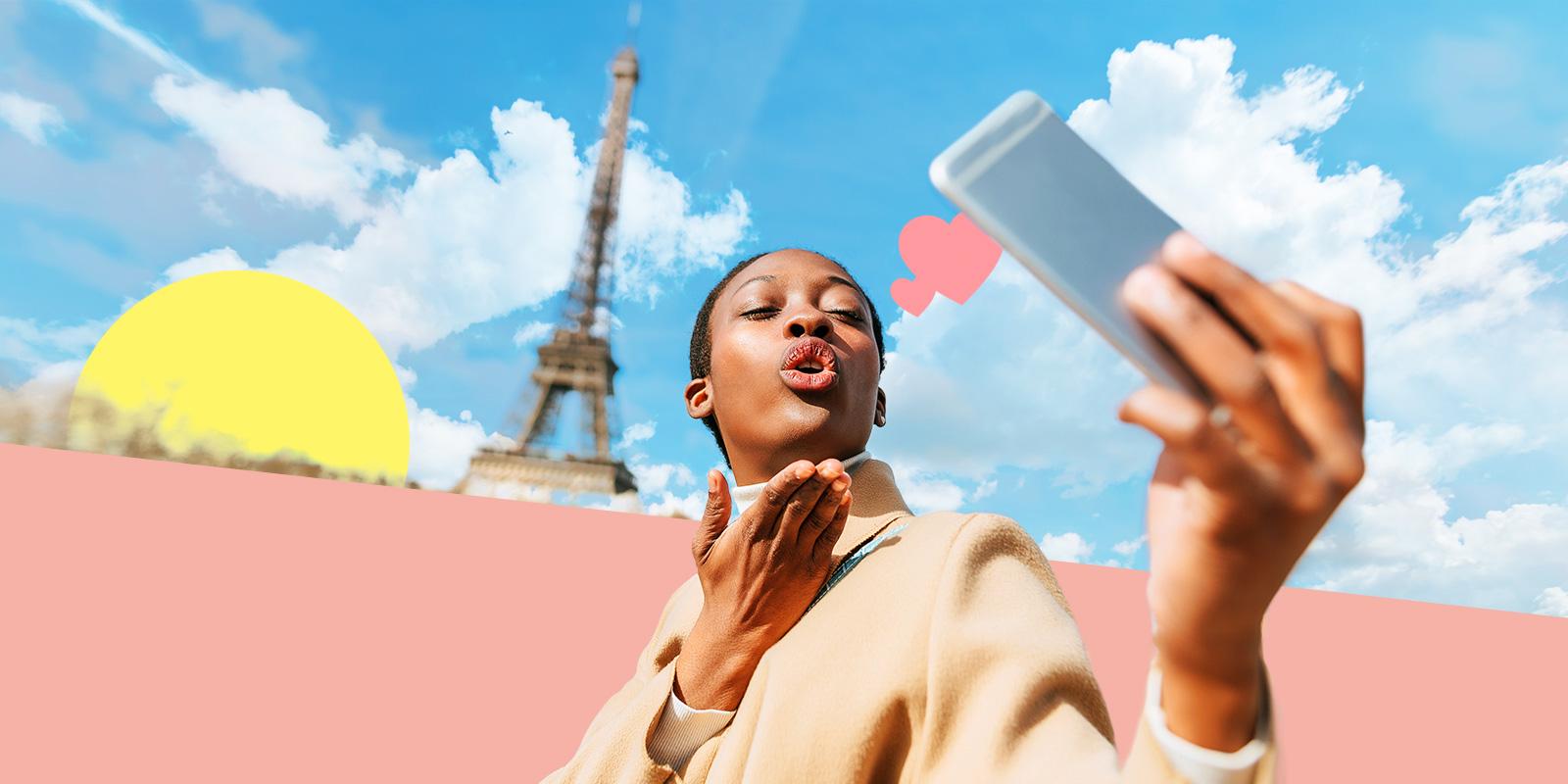Jan 30, 2019
Brands need more than a celebrity endorsement to connect with consumers.
Culture of Proximity 2.0 is a docu-series produced by Velocity—Viacom’s in-house branded content studio—that includes insights about millennials and Gen Z which brands can use navigate the new cultural landscape.
This is the second in a four-part series. Explore more:
- Part 1: Visual Communication: how images and symbols—rather than words—dominate today’s conversations.
- Part 3: Experiences: how social media has enhanced our ability to document, connect and have seamless experiences.
- Part 4: Brands in Proximity: the companies that focus on creating an identity and promoting values to attract consumers.
The power of fame—once the domain of elite celebrities—is now available to just about anyone.
Diving deeper into an examination started in the first iteration of the series, The Culture of Proximity 2.0 focuses its second chapter on how our relationship to fame has changed. The study outlines how marketers can harness new modes of celebrity to create meaningful, multi-dimensional, and long-lasting relationships with consumers and audiences.
From followers to fame.
Today, a selfie can turn you into a celebrity.
Brooke Erin Duffy, Ph.D., a professor of media and society at Cornell University, told Velocity the nature of fame last pivoted in the 20th century from self-made individuals (example: Andrew Carnegie) to idols of consumption, or people who are famous for their talents (example: Madonna and Michael Jordan). “Fame now is doing another shift to idols of promotion,” she said, “It’s based on people following you on social media.”
The rise of mobile has influenced this shift. There are two billion smartphone users around the world, who check their devices 150 times a day. With democratic, digital platforms, content is easier to make, share, and consume—and conversations are constant. This has reduced the space between fans and the famous.

“What used to be mass culture—brands and television, and film, and music—drove most of culture,” entertainment critic Ira Madison told Velocity. “Now, people can also drive it themselves.”
As a result, brands have an opportunity to lean into the full spectrum of fame to reach fans and build brand loyalists. But how exactly do young people perceive fame, and what are their expectations from famous people and brands?
Velocity’s research found brands should build on top of today’s fame ecosystem, understand its inherent hierarchy of talent, and use these to inform deep connections with fans.
The nature of celebrity is changing.
Today, networks of like-minded users propel influencers and gain influence themselves. As a result, people tend to rely more on modern influencers (whose fame grows from these networks) than they do traditional celebrities. As a result, people feel closer to fame and celebrities.
For example, 48% of respondents said they feel like they know their favorite celebrity. More than half of those surveyed also said that non-traditional celebrities were responsible for influencing their worldview and their personal style.

“It’s about the communities and fandoms they have created,” explained David Craig, Ph.D., a clinical assistant professor at the University of Southern California. “They feel very intimately connected to them.”
Let goals determine influencers.
A brand should match talent with priorities. If the point is discovery, reach, and awareness, Velocity found it’s best to turn to exceptionally famous, cool and entertaining influencers. More than half of respondents said traditional celebrities impacted them in the long term, and 41% said the same of their daily life.

But for consideration and for purchase, brands should turn to passionate subject matter experts, especially those with loyal and engaged fan bases. Consider 22-year-old Victoria, who said she’d rather take advice from an Asian beauty blogger “because their eye shape is similar to mine. Just because Chrissy Teigen or Beyonce is wearing it, that’s not the eyeliner I’m going to buy.”
So what makes influencers valuable to a brand? Velocity found that people say they gravitate toward influencers who aren’t afraid of being disliked for who they are (75%), speak from the heart (73%), and share beliefs they’re passionate about (71%).
Another important factor, of course, is popularity in the digital landscape. Younger audiences are most motivated to pay attention to entertaining influencers (85%), but inspiration comes in close at second place: A third of respondents said famous people push them to improve, teach them things, and champion causes they find important.
Propel genuine connections through authentic ones.
A recurring must-have is honesty. To create deep connections between fans and celebrities, authenticity is key. Once a brand finds an appropriate influencer, it should develop a symbiotic partnership with them.
Research also shows brands should create moments proving a genuine connection between brand and talent—and doing it for the fans. Consider MTV inviting the It Girls to the European Music Awards, for example. Half of survey respondents said that that are “ok with content that promotes a brand as long as it’s genuine.”
Fans will celebrate such moments when influencers they follow find similar excitement with your brand.

